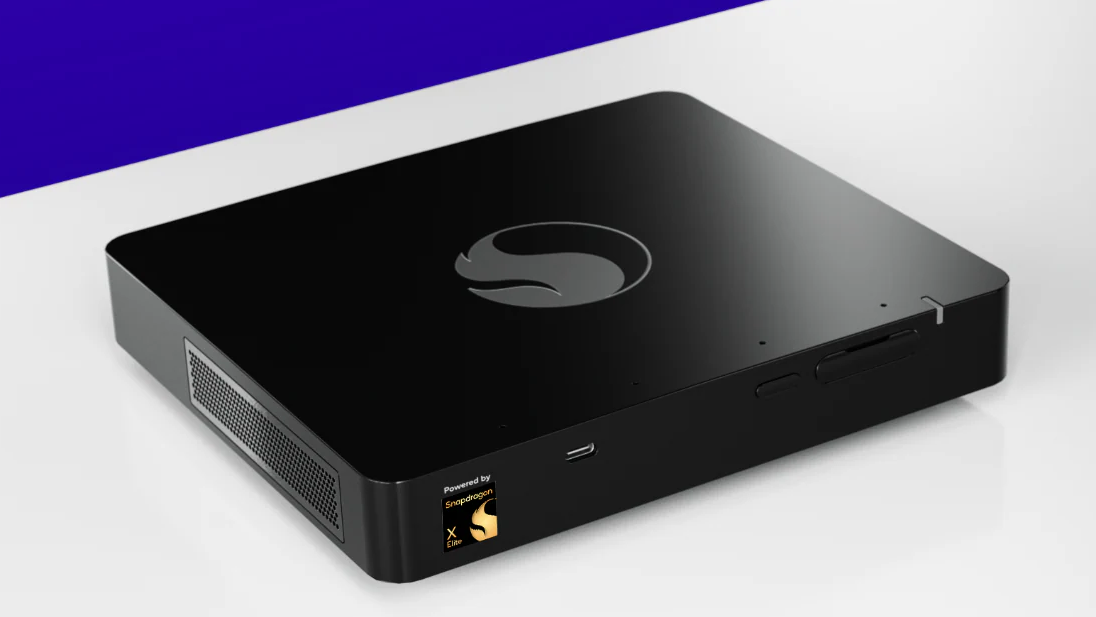snapdragon could get more success with linux tbh
Qualcomm Snapdragin X may achieve better success if they followed Apple’s path (a well rounded dev kit), and makes Linux first class support instead of Windows with the Copilot+ PC which proven is a dumpster fire.
Either they’re scared of competing with new intel NUC SOCs built on their 18A process, or this confirms their buyout of Intel is happening, and they’re preparing to exit from the laptop/SFF space.
Didn’t Intel cancel NUC because it was just a tiny niche not worth the effort?
I can’t imagine Qualcomm, who traditionally sells chips to phone makers, has any interest in becoming a vendor of SFF PCs.
They sold the business to Asus and they are releasing new NUCs
Just Qualcomm showing their customary hostility to developers.
They’re resentful they had to produce dev kits in the first place, so delayed them until after other companies produced retail products.
To me it felt like previous Windows on ARM attempts: promised a lot, released with problems (mainly compatibility this time), then quickly forgotten because x86 chips caught up anyway.
See you in 2-3 years!
Definitely had issues on first release, but a lot has improved since then without getting much coverage. Btw I wouldn’t say that x86 has ‘caught up’ especially if your metric is power efficiency, not just raw power. Until we see a realistic RISC-V offering arm will likely remain king in that space.
I always hear power efficiency as an argument that ARM chips are magically better at, but Ryzen AI 300 and Intel Core Ultra 200V series seem to be very competitive with Qualcomm’s offering. It’s hard to compare 1:1 as the same chip in different laptops can be configured very differently in terms of TDP and power curves and the efficiency “sweet spots” aren’t the same for all these different chips. Core Ultra 200V is also awaiting more thorough testing, but it seems to be right up there with the Snapdragon.
I honestly found the Snapdragon X very underwhelming after all that marketing of how much better it was than Apple’s M3 and Intel’s and AMD’s offerings. By the time the Snapdragon was actually available in end-user products, AMD’s and Intel’s competing generations were right around the corner and we’ve also seen a vastly improved M4 chip (although only in an iPad so far, so meh). Add to that the issues that you’ll encounter because while Windows’ x86 to ARM translation layer has certainly improved, it’s nowhere near as seamless as what Apple did.





